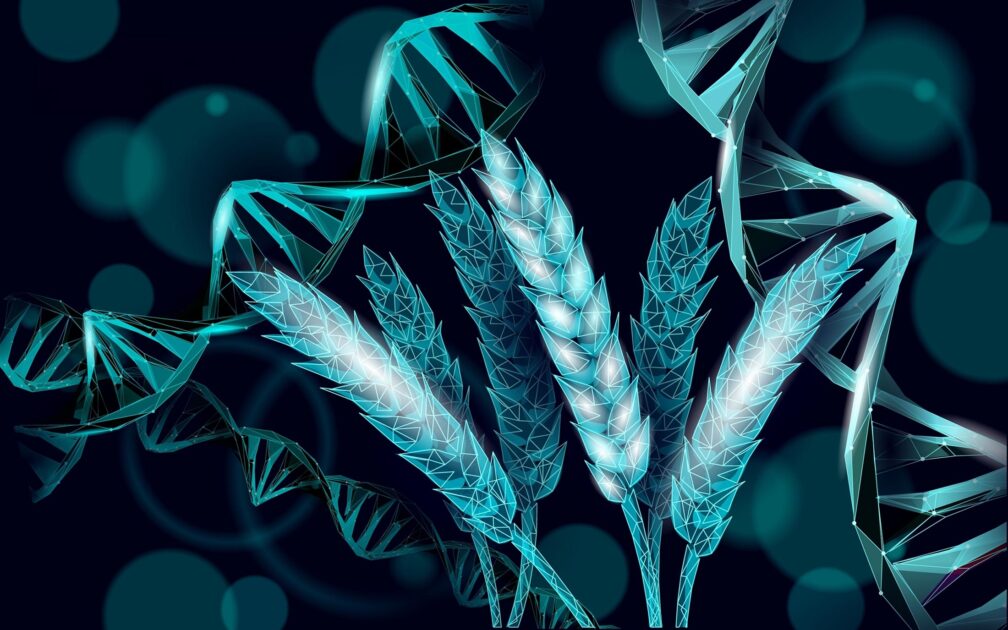Scientists at the University of Maryland have uncovered the genetic key behind a rare wheat variety that produces three grains where ordinary wheat grows just one.
The team found that a normally inactive gene, WUSCHEL-D1, becomes active early in flower development, causing the plant to form extra ovaries that can each grow into a grain.
This discovery could allow breeders to develop new, higher-yielding wheat varieties without needing more land or resources, offering a major step toward meeting global food demands in a changing climate.
Researchers at the University have identified the gene responsible for a rare wheat variety that develops three ovaries in each flower instead of just one.
Because every ovary can grow into a grain, this finding could greatly increase the amount of wheat produced per acre. The discovery was detailed in the Proceedings of the National Academy of Sciences.
The unusual three-ovary trait was first found in a naturally occurring mutant of common bread wheat, but scientists did not initially know what caused it. To uncover the genetic difference, the Maryland team created a precise map of the mutant wheat’s DNA and compared it with that of ordinary wheat.
Their analysis revealed that a normally inactive gene, known as WUSCHEL-D1 (WUS-D1), had been activated. When WUS-D1 turns on early during flower formation, it enlarges the floral tissue and allows the plant to produce additional female organs such as pistils or ovaries.







